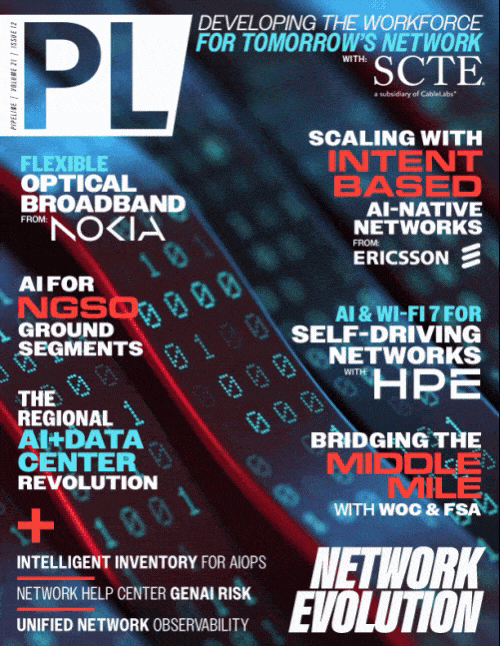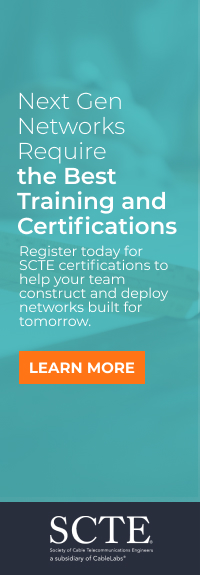Scaling Purpose, Not Just Technology:
Navigating the New Era of Network Transformation
By: Akhil Gokul

The networks that powered digital connectivity over the past two decades were built to scale. As mobile broadband demand surged, service providers raced to expand infrastructure to deliver
consistent, reliable performance. We’ve now entered a new era — one that demands more than capacity. Today, network transformation is not just about scaling technology — it’s about scaling
purpose.
We are at a critical inflection point. Networks are evolving to become more open, intelligent, and programmable. Their role has expanded beyond connecting people to enabling smart cities,
autonomous factories, and immersive digital experiences. At the same time, the expectations placed on networks have never been higher. They must offer improved performance, more flexibility,
lower energy use, and greater inclusivity — simultaneously.
This paradigm shift requires more than incremental upgrades. It calls for a systematic reimagining of how networks are designed, operated, and monetized. The transformation ahead is
architectural, operational, and philosophical – driven by five core forces: AI, openness, programmability, sustainability, and equity.
To ensure the future network is trusted as critical infrastructure, the transformation integrates security by design across all five core forces. This holistic approach strengthens resilience and
trust while supporting the progression from network infrastructure to critical infrastructure.
The Rise of AI-Native Networks
Artificial intelligence is no longer an optional add-on. It’s becoming a foundational capability. Modern networks are multi-layered, multi-vendor, and increasingly complex. As 5G matures and connected devices and use cases multiply with differentiated connectivity requirements, the need for intent-driven automation becomes paramount. AI is fast becoming the network’s brain, enabling real-time decision-making and adaptive operations.With AI-powered automation, service providers can:
- Predict and preempt service degradation before users are impacted
- Optimize energy use based on traffic fluctuations
- Personalize user experiences at scale
- Accelerate root-cause analysis for network incidents
To realize this potential, networks must be designed as AI-native — embedding data collection, model training, and continuous feedback across the architecture. This enables faster service
delivery, lower operational costs, and more sustainable performance.
In addition to this, AI-native network nodes with embedded AI will enable an enhancement of RAN (radio access network) performance. For example, AI predicts how to best
handle the radio channel conditions traffic patterns and user demands, allowing the network to dynamically adjust radio link configurations achieving approximately 12 percent improved
throughput for heavy users measured in field by CSP. AI predicts traffic patterns and cell usage. Based on these predictions, the network can activate or deactivate MIMO (multiple input, multiple
output) functionalities in cells, optimizing energy consumption without compromising performance. Up to 14 percent of reduced energy consumption per radio site has been estimated.
Transforming with Intent
The telecom industry has always evolved — from voice to data, from 2G to 5G. But today’s transformation is deeper. It’s not just about boosting speed or capacity — it’s about redefining the purpose of connectivity. To meet this moment, transformation must be intentional and principled – guided by service needs, openness, intelligence, adaptability, sustainability, and equity. The networks of tomorrow will be judged not just by what they deliver, but by what they enable.Embracing Openness Through Multi-Vendor Architectures
Openness is another foundational element of modern network transformation.For decades, telecom networks were built on tightly integrated, vendor-specific systems. While stable, this approach constrained innovation. Today, technologies like Open RAN and cloud-native architecture have broken that mold — disaggregating



















